Queen Elizabeth Hospital Woolwich sees most challenging day in its history
Queen Elizabeth Hospital in Woolwich saw the most challenging day since opening in 2001 earlier this month as the hospital found itself short of 122 beds.
Greenwich Council leader Danny Thorpe revealed the detail in a series of tweets covering pressures at the hospital, as last week it activated a Level 4 alert on the Opel scale – the highest there is – for four days in a row.
Opel Level 4 alerts mean serious pressures in a number of areas. Click below to see exactly what impact it has:

Patients were treated in corridors as ward space ran out. It’s a scene I saw in the hospital last winter as staff worked wonders but rushed off their feet:
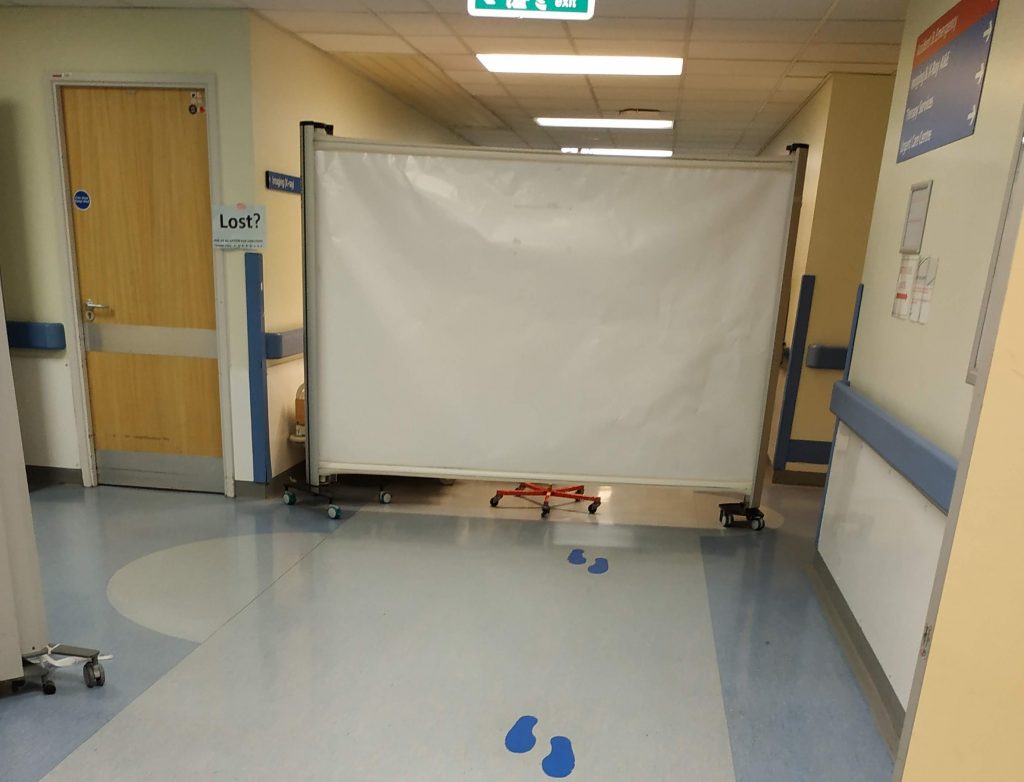
Since Queen Elizabeth Hospital opened as a general hospital in 2001 replacing Greenwich District Hospital there has been substantial increases in the population of Greenwich borough.
This table covers six years from 2011 to 2016 as the boroughs population grew from 255k to 276k.

New building on site last winter saw 100 extra beds on site – yet demand appears to outstrip supply.
Urgent care is another area that has seen massive growth: March 2019 saw 9529 patients compared to March 2018 which had 8828.
A&E at Queen Mary Sidcup was closed under the Lib Dem and Tory coalition resulting in added pressure. It was replaced by an Urgent Care Centre which appears to have done little to alleviate demand.
Housing
This site focuses heavily on housing and Greenwich borough has seen one of the fastest increases in new homes not just in London but the entire country.
And that’s with housing targets being missed by some way. If targets were met pressures would be even more acute.
A large number of factors impact upon the crises, such as Central Government funding failing to keep pace with demand and a PFI contract now agreed by most to have been a disaster. Closing walk-in centres has hampered treatment options as has a shortage of GPs leading to ever more people turning to hospitals.
This year, for the first time, saw a sustained drop in the number of GPs since the 1960s as the number per 100,000 people fell from nearly 65 in 2014 to 60 last year.
The Conservatives this week promised 6,000 more GPs, though a previous pledge for 5,000 by 2020 has not been met.

In the local area we have seen sparse income from new developments allocated towards health. While sums from S106 and CIL would be far below central Government funding, it is still income that could assist and is not being spent.
Last year’s Section 106 allocation saw very little for health. It was allocated thus:
- Employment (GLLaB) – £770k
- Health – £31k
- Affordable Housing – £175k
- Transport – £546k
- Open space/parks – £10k
- Public Realm – £27k
- Education – zero
There are still large sums of unspent S106 income from previous years.
That’s money that has already come in. As for money allocated and as yet uncollected, it is greater still:
Though half of income is allocated to Woolwich Crossrail station and there are other commitments such as schools, it still leaves substantial sums which could be spent in health related areas and yet are not.
Still, those sums are vastly outnumbered by a shortfall from central Government funding.
Short term pressure
In the short term, the squeeze on health provision is likely to intensify. Numerous housing developments are completing as we speak. This block is in Woolwich:
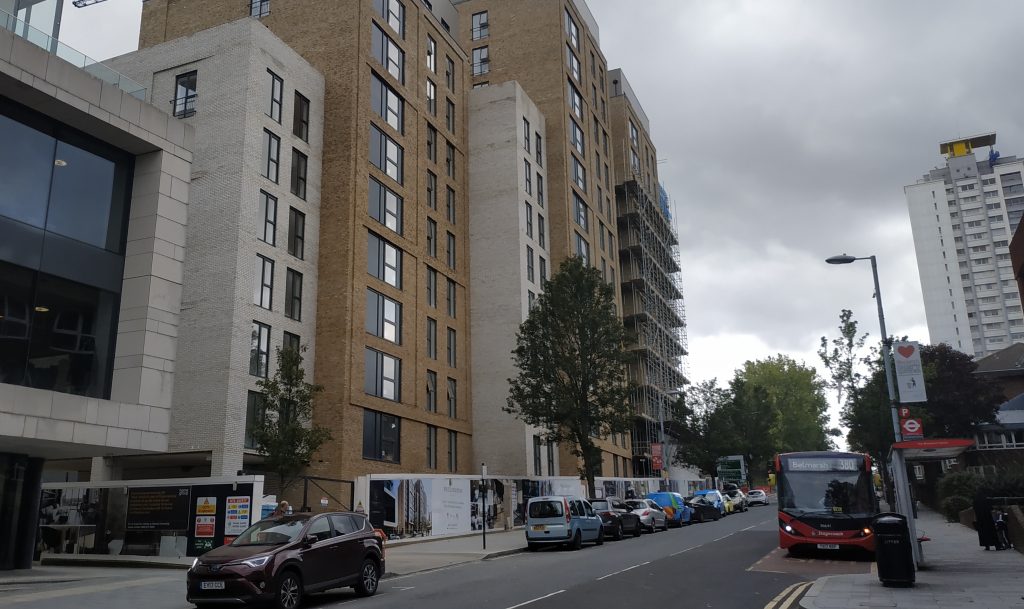
These blocks are in Greenwich:
As regular readers will know, there’s plenty more in every corner of the borough.
And much planned in Bexley borough which now lacks A&E services. This is Bexleyheath town centre:
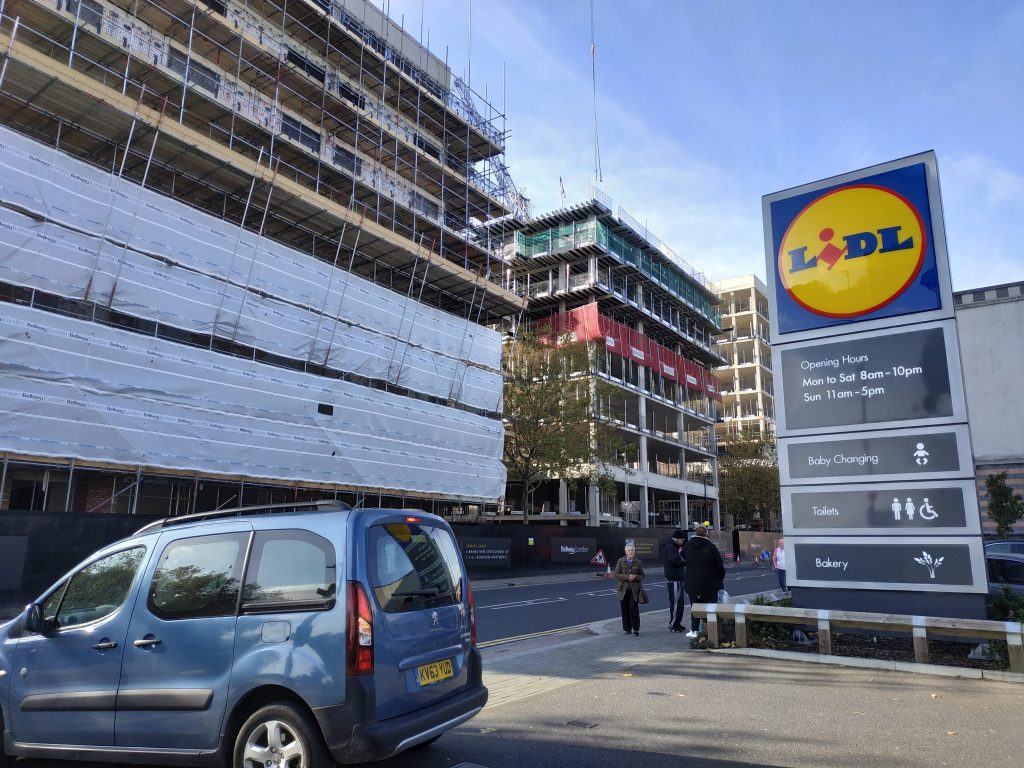
There’s also the “unseen” population increase as numerous family homes are converted to HMOs and bedsits. In many ways that’s harder to track and then target provision compared to new builds.
Though licensing of HMOs has been brought in across Greenwich borough, numbers so far registered are below target and so we just don’t know how many people are living in many areas.
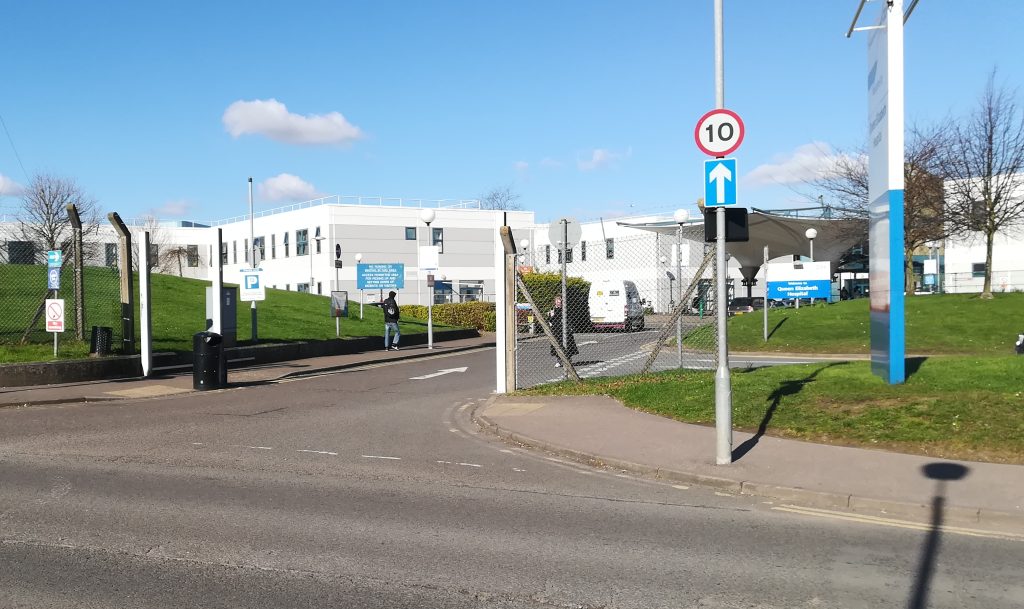
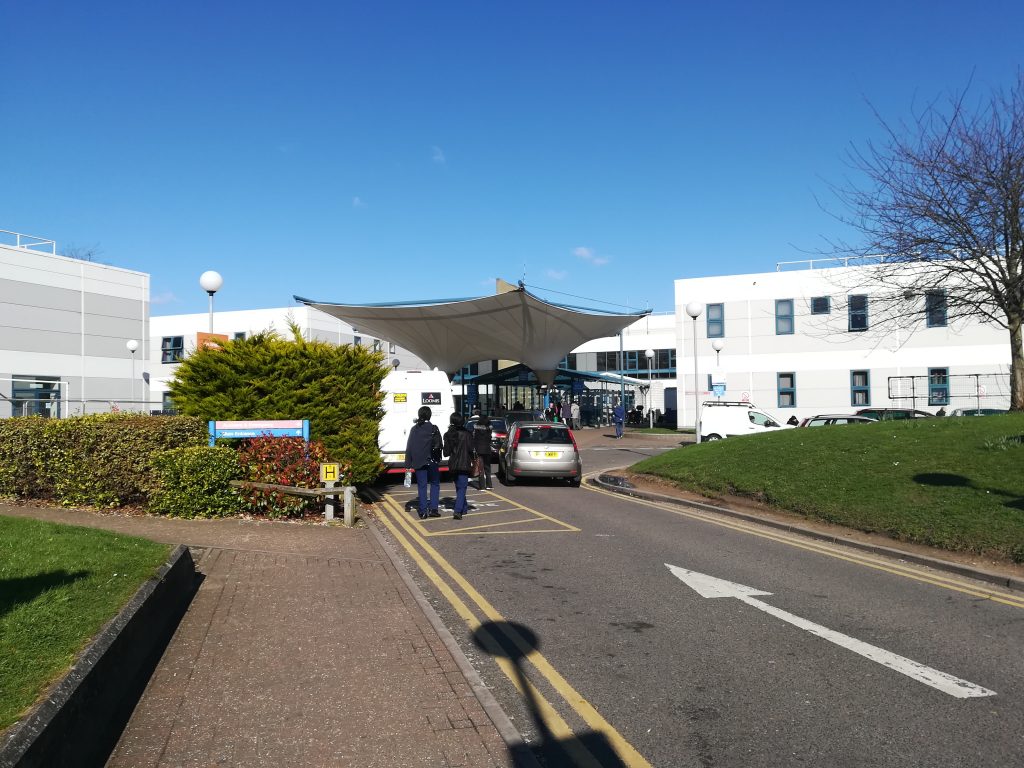
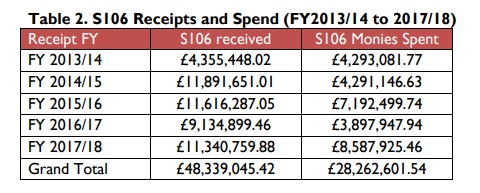
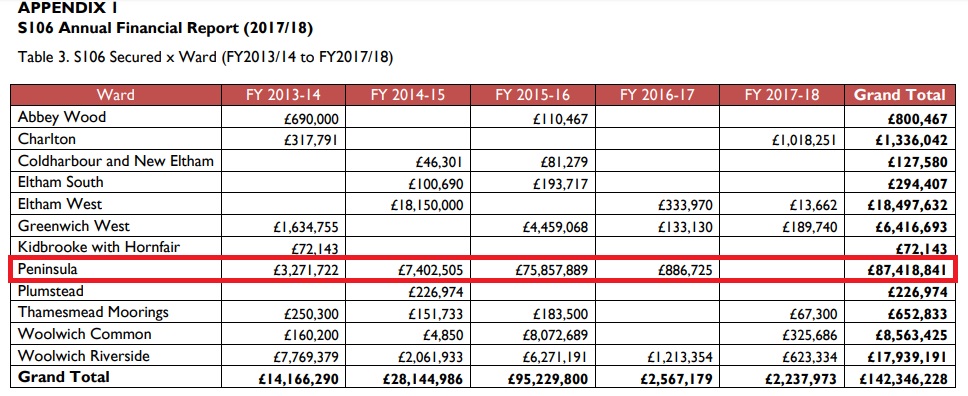
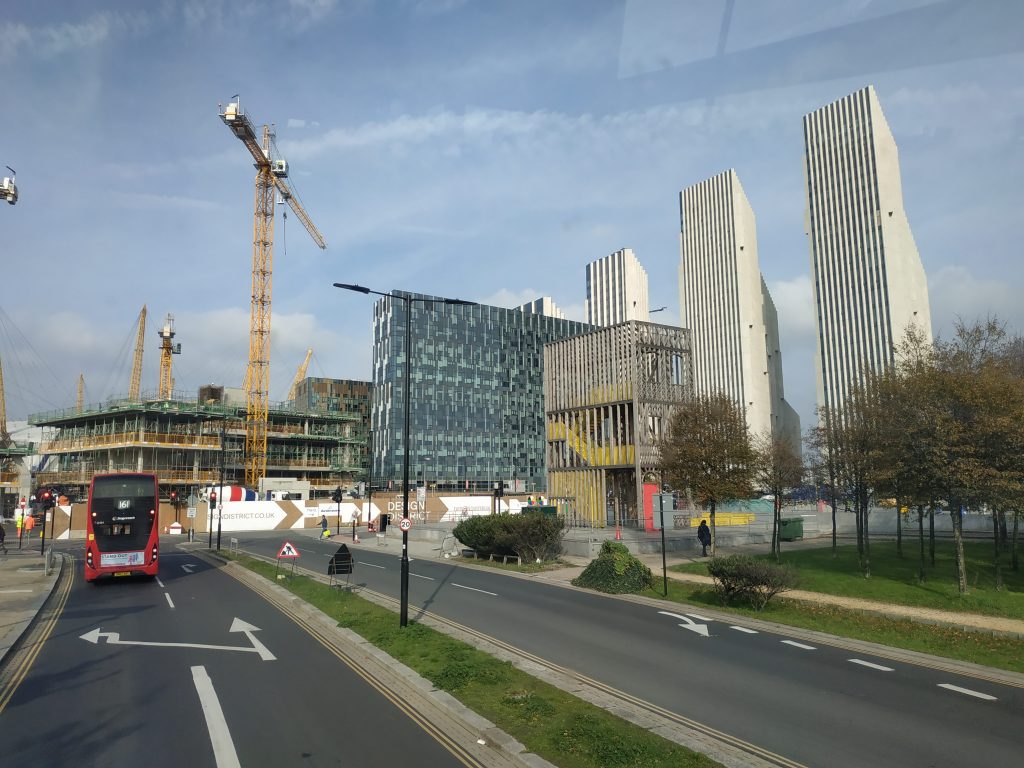

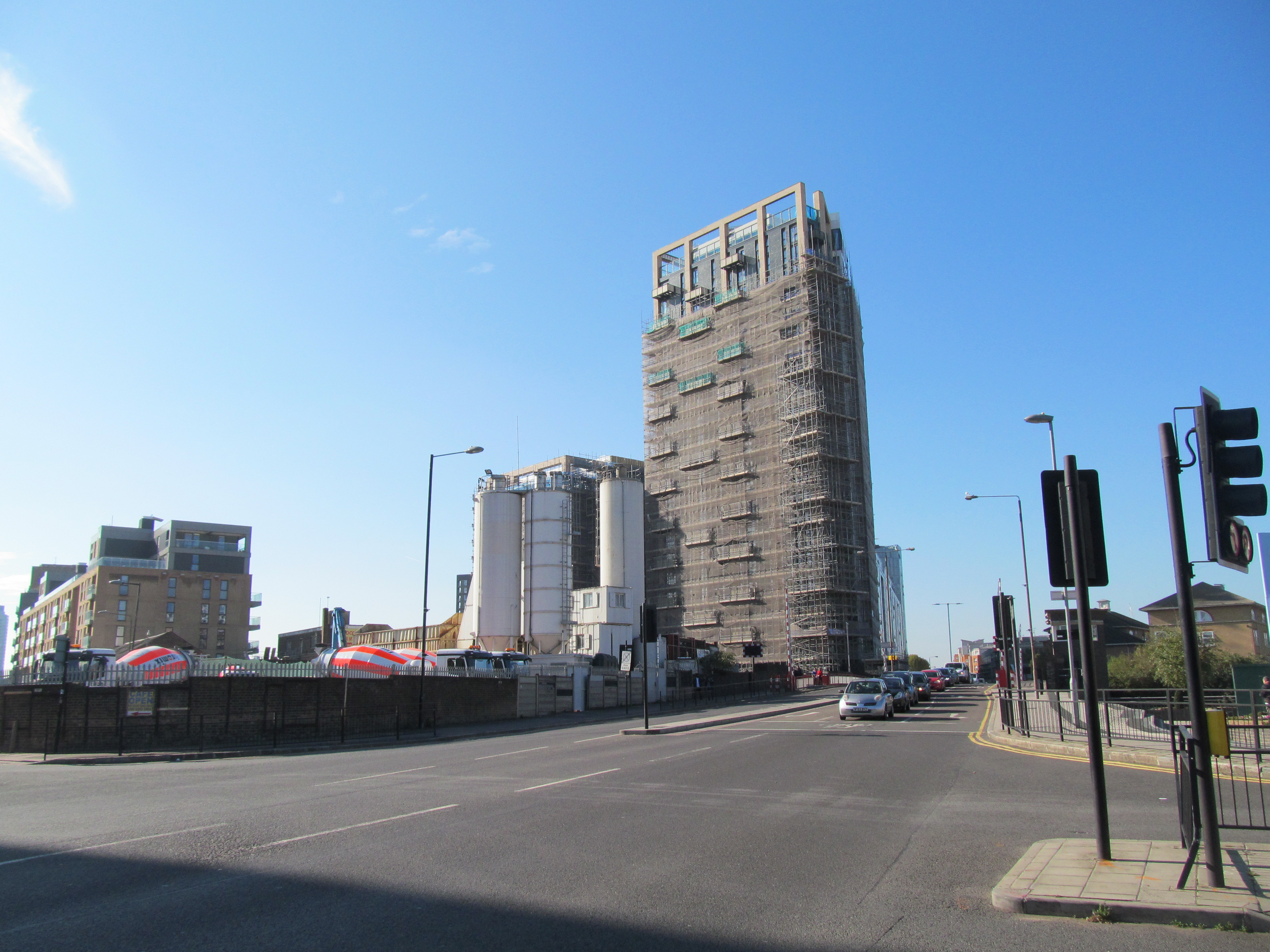
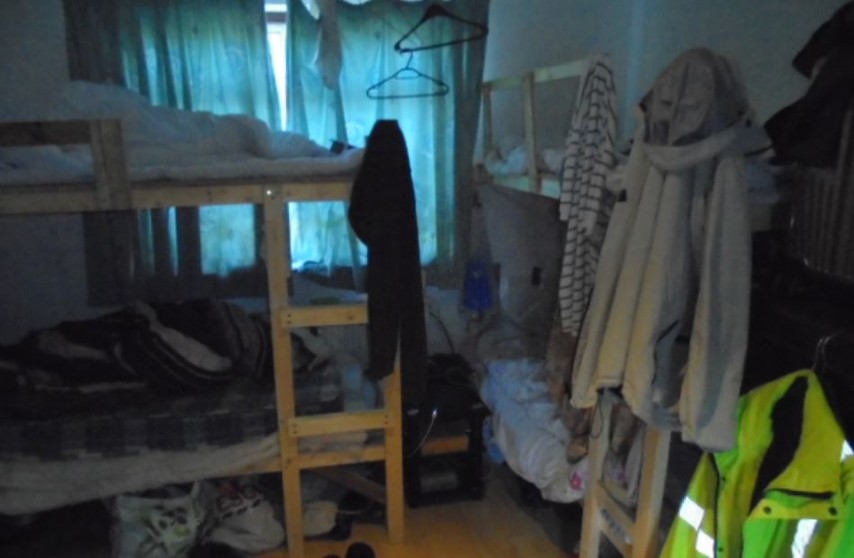

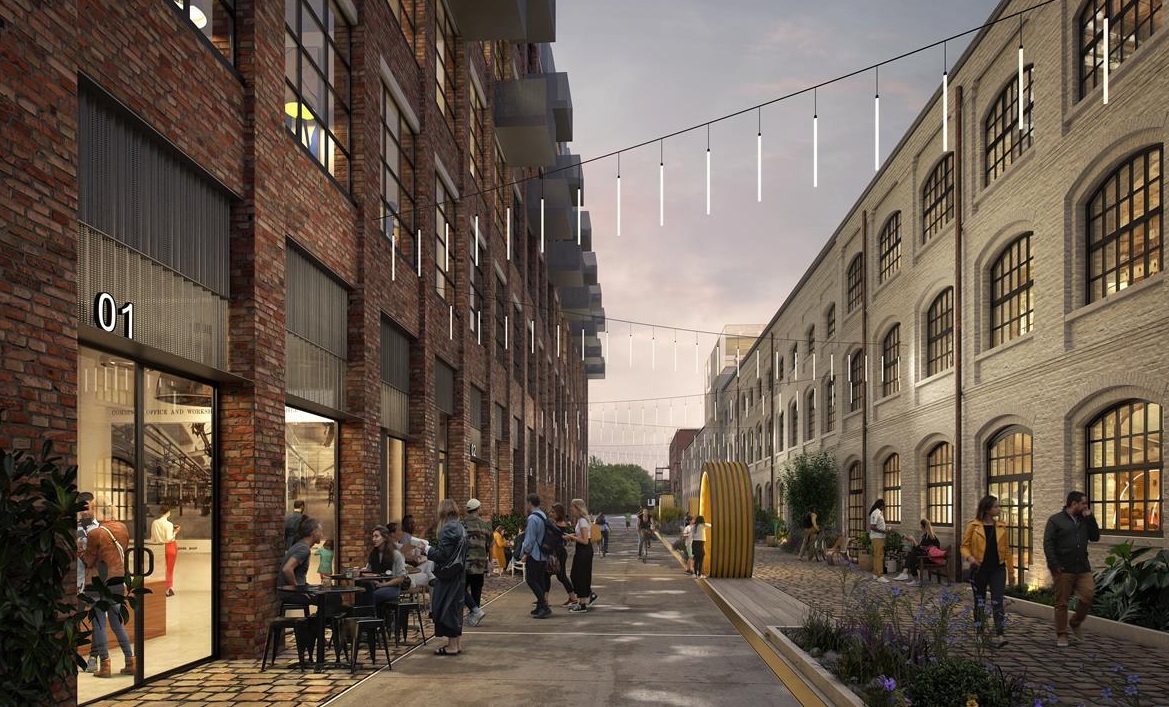
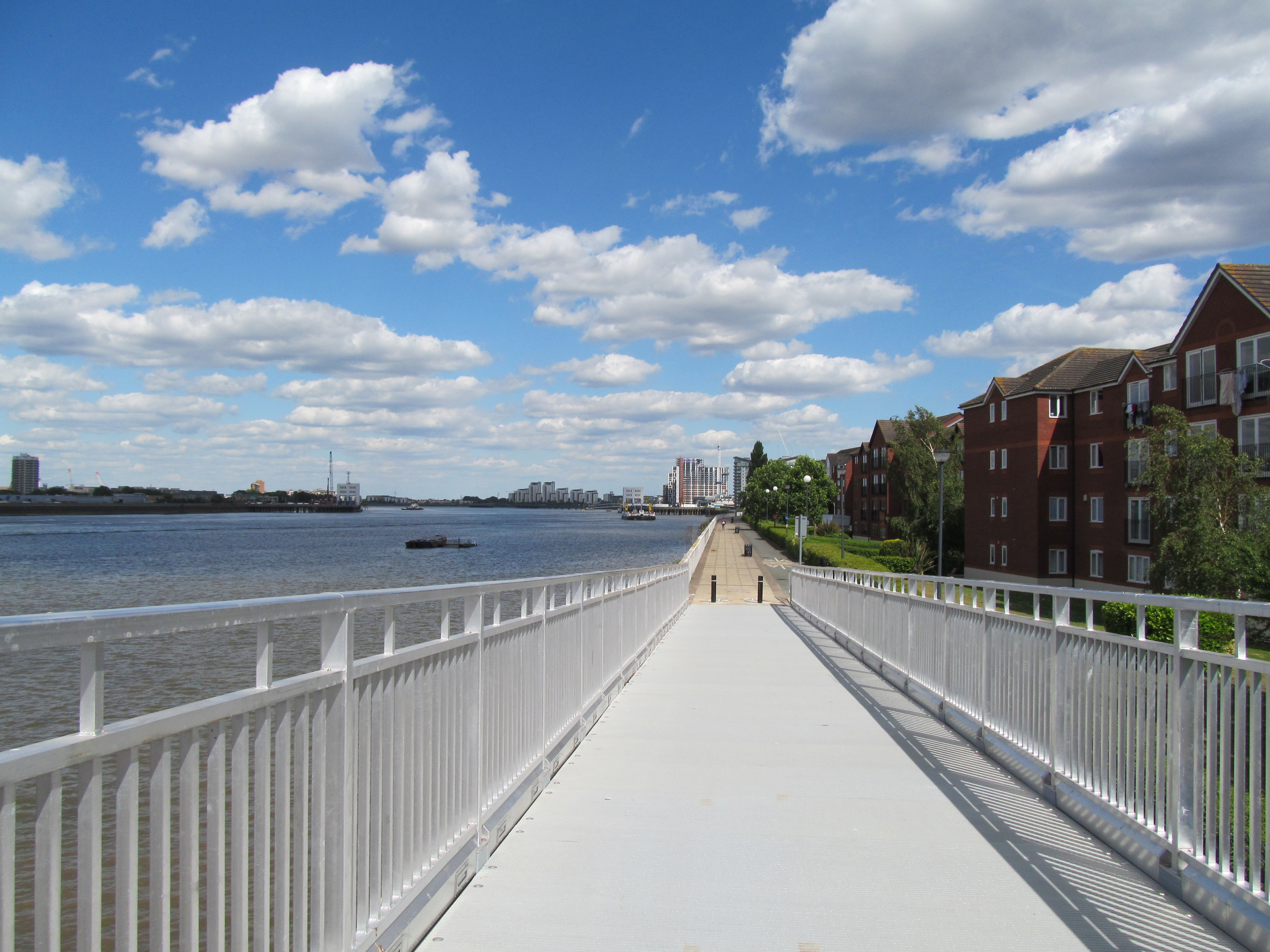
When the UK sends 20% of GDP to Brussels every year, and 7% to foreign aid, is it any wonder our own requirements for money fall short?
Brussels repatriates some of the 20%, but dictates upon where it is to be spent. We need local government, Westminster, to allocate our own money. When that happens again, maybe the whole country including the NHS hospitals will be better financed. Maybe too, if hospital receptionists were made to take money ‘up front ‘ from free loaders, that would boost the income for hospitals.
Nonsense. In 2018 we sent £20bn (gross) vs a GDP of £2.11tn (yes trillion). Even the NHS budget was about £129bn so we didnt even send 20% of the gross NHS budget to Brussels. When you factor in what we got back in rebates and spending, the net sent to Brussels was £11bn. Not a small sum to be sure less than 10% of the NHS budget, let alone significant in the scale of government total spend or GDP.
Sources:
https://www.ons.gov.uk/economy/governmentpublicsectorandtaxes/publicsectorfinance/articles/theukcontributiontotheeubudget/2017-10-31
https://www.statista.com/statistics/281744/gdp-of-the-united-kingdom-uk-since-2000/
https://fullfact.org/health/spending-english-nhs/
Yikes! I just called him out as well. Unbelievable isn’t it.
Until two years ago it was still possible to receive a bursary for Nursing and Podiatry degrees. That has stopped. In answer to the sudden shortage the Government is mooting a new degree where the student spends one day a week in class and the rest at hospital as a basic wage trainee for four years.
Brussels makes no money outsourcing NHS services from catering and transport to district nursing. Brussels doesn’t privatise nursing homes or contract IT projects to the lowest bidder. We have enough home grown parasites using the NHS to enrich themselves with nothing to show for the public One need only look at the logos on each piece of equipment to see who owns what. This did not happen in the dark but with the wilful cooperation of the public.
It is inevitable that with people living longer and a wider array of diseases detected and medicines being made available, healthcare provision for the over-75s would prove to be a substantial part of the NHS budget. Tax increases would have addressed this. Both Labour and the Conservatives instead encouraged outsourcing and we now have the unenviable situation we are in.
Lastly, many private practicioners will tell you that this increasingly litigious society is making life hell for medical professionals in the UK. The lack of enthusiasm for academic science and positive role-models for healthcare professional careers ensures that not only are qualified professionals leaving the UK to seek employment abroad, but there will be fewer opportunities to replace them. Again, this is nothing to do with Brussels but cold calculating neglect by successive Governments since the early 90s.
No wonder people voted for Brexit if this is what they’ve been conned into believing. Basic fact checking renders all of your points completely nonsensical.
Instead of closing hospitals, we need to be building new ones. There’s an argument to be made that perhaps closing old hospitals (rather than spending equivalent money renovating them) was the right decision, especially if the land is now desirable for housing and can be sold to help construction of newer facilities on cheaper / less desirable land. But new hospitals are not being built at the rate required to keep up with increasing population levels, let alone to replace capacity lost by closing older facilities!
The late Frank Dobson MP and Secretary of State for health under Tony Blair’s Labour Government should never have signed of the closure of Greenwich District Hospital on Vanbrugh Hill after Labour won the 1997 Genral Election..Greenwich and District Hospital was wound down and finally closed in 2001.
Clive Efford MP and the then MP for Woolwich and Greenwich fought the election locally with a slogan two in to one won’t go referring to the closure of Greenwich District and moving services to the Queen Elizabeth Hospital.
Once the election was won and Frank Dobson gave the go ahead for the closure of GDH to go ahead the whole matter was brushed under the carpet.
Well said Ray Barber you raised some very good points. Also your so right health tourism cost the NHS millions every year in unpaid bills. Which takes money out of the budget which could be spent on front line NHS services and equipment.
Ray has been telling porkies to you.
Pint of what Ray’s had please! 20 percent of GDP to Brussels? Do a bit of basic research for crying out loud! Here, I’ll make it very easy for you with the link below. Sheesh. (The figure is well under 1.0 percent of GDP by the way).
Oh, and foreign aid is around 0.7 percent of GDP, otherside you’re spot on.
https://www.ons.gov.uk/economy/governmentpublicsectorandtaxes/publicsectorfinance/articles/theukcontributiontotheeubudget/2017-10-31
I am more concerned that Labour have a proven record of closing Hospitals and cutting services to the NHS too.
When you think back we have lost so many Hospitals from the Borough before Greenwich District Hospital was closed.
Simple common sense showed that the services provided by two Hospitals could not be provided by one. Since then we have seen a huge growth in the local population which is still continuing to rise on a year by year basis.
Hospital That Were Closed Before Greenwich & District Hospital
The Millers Hospital – Greenwich,
Brook General Hospital – Shooters Hill Road
St Nicholas Hospital – Plumstead,
Dreadnought Seamans Hopsital – Greenwich .
British Hospital For Mothers and Babies – Woolwich
Eltham and Mottingham Cottage Hospital – Eltham
Main Services at Memorial Hospital Shooters Hill Severely cut back and is now mainly offices as the NHS are unable to sell it as it was built and paid for by people of Woolwich at the time, .
Are you saying Labour were responsible for the closure of the hospitals you’ve listed? The Brook was closed in 1996 when the Conservatives were in power. Not sure about the others.
Here we go again, allocations for GLLab far out-stripping all of the other areas (many that could be argued as more befitting at this time)!
I maintain, there’s something fishy going on around this! How many individuals working at, for, or contracted to GLLaB, are related to Councillors, Political Donors, or to anyone that the Council owes a debt?
Chris, No I am not saying that Labour were responsible for closing all the Hospitals.
Labour’s Frank Dobson Minister For Health agreed to close Greenwich & District Hospital a modern 750 bedded General Hospital when Labour came to power in 1997.
Knowing full well the services at Queen Elizabeth Hospital would not be able to cope has so many hospitals in the area had already closed and NHS services had already been severely cut back as far as they could be.
Conservatives closed the Brook General Hospital back in 1996 your right Chris.
The others were closed during the time of both previous Labour and Conservative Governments.Hence my statement that Labour Governments close hospitals too. It is not just Conservative Governments.
The NHS and Defence should be ring fenced from cuts whoever is in power.
I should also mention that Lewisham Borough saw the loss of Hither Green Hospital, St John’s Hospital, Grove Park Hospital and Sydenham Children Hospital. So many hospital beds and services lost over the years.
At a local level…the next appointment at my local surgery is 4 weeks…so you have to arrange an appointment and assume you will be ill in 4 weeks. Therefore everyone goes to A & E which was abysmal 50 years ago…long waiting times….poor doctors….last October it was 3 hours and 100 in front of me….NHS are still living in the 18th Century…it wouldn’t take much effort to double the staff and streamline the Service as most are in and out patients..but no one is interested in the NHS no matter how much money is poured in